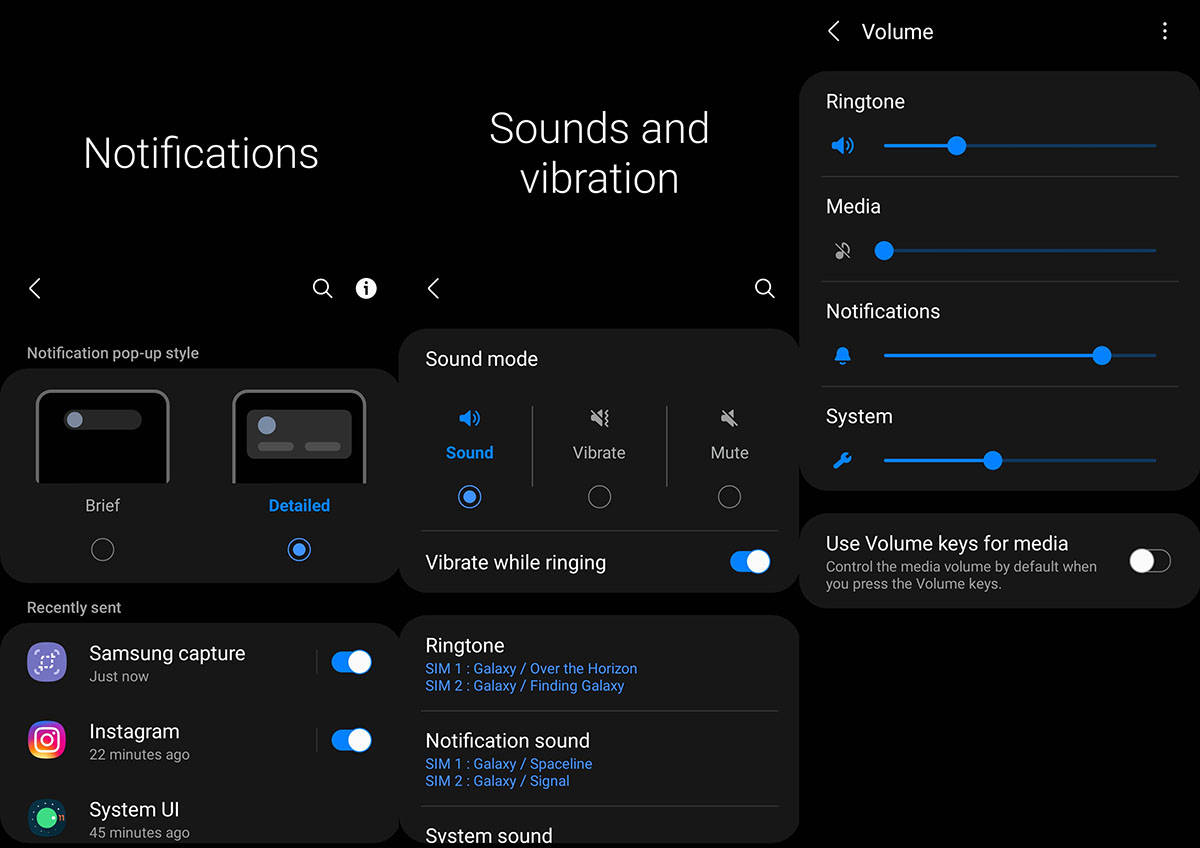Are you experiencing notification issues on your Samsung Galaxy S21, S21+, or S21 Ultra? Is the notification alert not showing up, or are you unable to hear sounds when receiving notifications? Don’t worry, we’ve got you covered with some effective solutions.
In this post, we’ve compiled a list of tips to help you troubleshoot and fix any notification issues on your Galaxy S21. Let’s find out how to get your notifications working properly again on your Galaxy S21 series.
Tips to Fix Samsung Galaxy S21Notification Issue
1. Turn off DND mode
If you have enabled the DND feature, it can block apps from pushing notifications. Try disabling the feature and see if that resolves the problem. To turn DND off, follow these steps:
- Go to Settings
- Tap on Notifications
- Tap on Do not disturb and toggle the switch Off
You can allow exceptions and choose to receive notifications while DND is on by tapping the Exceptions options and selecting from whom to receive calls, messages and conversations. You can also select which apps to send notifications and choose whether to enable alarms, media sound, alerts for calendar events and reminders.
2. Turn off power saving mode
The power saving mode feature helps to extend battery life of your device by limiting certain features such as network usage, background activity and data synchronization among other features. Activating this feature can prevent apps from running and sending notifications. To rule this possibility out, try disabling power saving mode and see if that resolves the issue.
- Go to Settings
- Tap on Battery and device care
- Tap on Battery
- Tap the Power saving mode and toggle the switch off
3. Enable sound mode for notification
If your device is either on vibrate or mute, it will not produce any sound while receiving notifications. Verify the settings and make sure the sound notification is enabled. Here’s how to do that:
- Go to Settings
- Tap on Notifications
- Scroll down and tap on Notification sound
- Tap on Sound icon under the sound mode to enable sound notification
4. Adjust notifications volume settings
You may not hear notifications sound if it is muted or set too low. Try increasing the notification volume level and see if that fixes the no notification sound issue.
- Go to Settings
- Tap on Notifications
- Scroll down and tap on Notification sound
- Tap on Volume
- Now increase the Notifications volume by moving the slider to the right
5. Turn on app notifications
If you notice some apps can send notifications while others are not, then it could be that these apps have been blocked from sending notifications. Check the app notifications settings and allow notifications if they have been denied. Here’s how to do that:
- Go to Settings
- Tap Notifications
- Tap See all or More (on Android 11)
- Tap the drop-down menu at the top to show All apps
- Find and select the app for which you want to receive notification and toggle it on
You can also choose apps to show badges when receiving notifications. Here’s how you can do that.
- Go to Settings
- Tap Notifications
- Tap on Advanced settings
- Tap on App icon badges and toggle it on
6. Reset all settings
This action will restore your device settings and the settings of all the apps to their original settings. This can fix the notification problem if it is caused by a faulty setting.
- Go to Settings
- Tap on General management
- Tap on Reset
- Tap on Reset all settings
- Tap on Reset settings button
- Type in the passcode if prompted
- Tap Reset to confirm the reset
7. Wipe cache partition
If resetting all settings do not work, you can try wiping the system cache partition. This will rebuild the cache data and files from scratch and eliminate any error that is causing issues with the notification. To wipe the system cache partition, you can perform the following steps:
- Turn off your phone
- Connect your phone to the PC via USB
- Wait until the message shows your phone is being charged
- Press and hold the Volume Up key and the Power key.
- Continue to hold both keys until Android Recovery menu options appear
- Press the Volume down key and navigate to Wipe cache partition
- Press Power key to select
- Press the Volume down key to highlight Yes, then press the Power key to select
- When the process is complete, Reboot system now is highlighted
- Press the Power key to restart the device
8. Factory reset your phone
If none of the above solutions work, you can go for factory reset as the last resort. A device reset will always be able to fix issues caused by software errors. However, make sure to back up all your important data before proceeding as they will all be deleted during the process. To do a factory reset, use the following path:
- Turn off your phone
- Connect your phone to the PC via USB
- Wait until the message shows your phone is being charged
- Press and hold the Volume Up key and the Power key.
- Continue to hold both keys until Android Recovery menu options appear
- Press the Volume down key and navigate to Wipe Data/Factory Reset
- Press Power key to select
- Press the Volume down key to highlight Factory data reset, then press the Power key to select
- When the reset process is complete, Reboot system now is highlighted
- Press the Power key to restart the device

